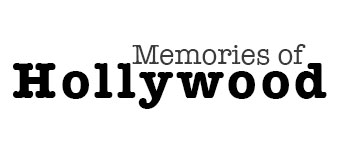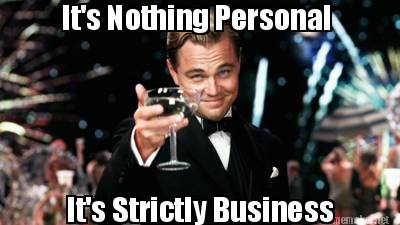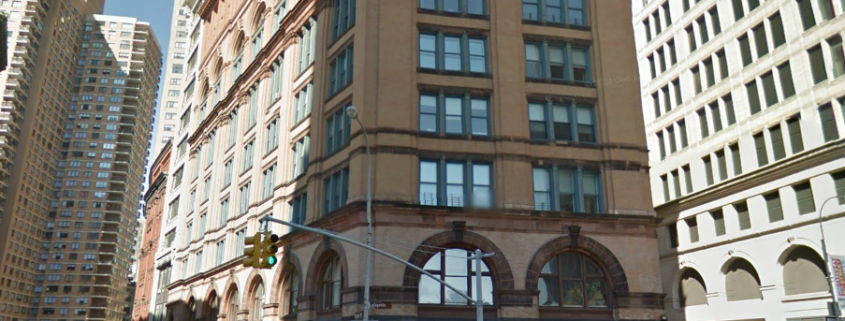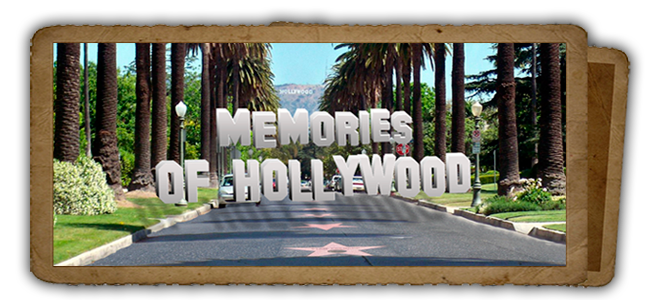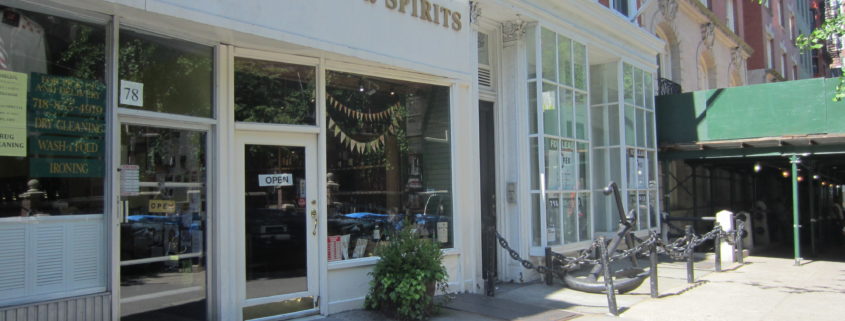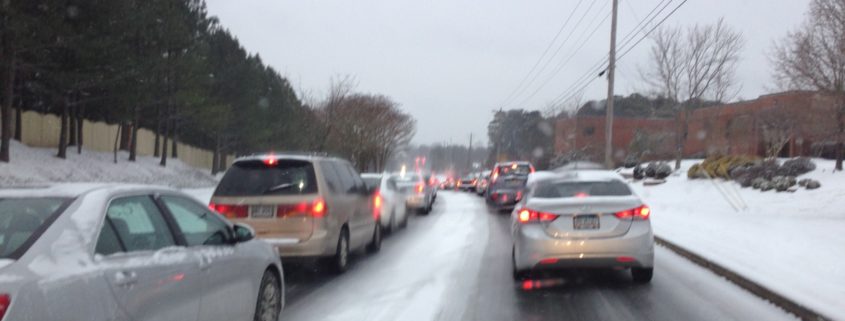Sometimes people say things that others find irritating, I think that’s a pretty basic truism. At times I can get pretty annoyed myself, but with me it’s not so much the content of the commentary, but rather the choice of words. And I don’t mean cursing, I’m usually on fucking board with cursing. It’s when it so happens that all of a sudden people start using these hitherto unknown words to describe something; when just using what they did a few weeks before works just as well (or better); then I am baffled. I know this makes me sound old, a little stodgy perhaps. But I’ve been like this since at least my teens, and all this time I’ve always pondered, why doesn’t this stuff bother everybody else?
I love to uncover incidental history. There’s a big piece of it at the intersection of Lafayette, East 8th and Astor in New York City. I’ve always known it for the Starbucks I frequented, where I’d sit with my coffee at an outward facing window, gently mocking south-bound commuters as they hurriedly/exhaustedly exited the Astor Place Station right in front of me. Sitting behind that glass always gave me an irrational and unwarranted feeling of security, as if I could see out but nobody could see in.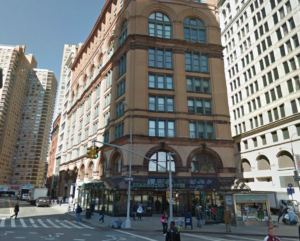
The building that still houses the Starbucks was built in 1890. But what came before? What came before was the Astor Place Opera House, site of one of the most infamous events in NYC history. It was the site of what is now known as the Actor’s Riot. The name sounds amusing but a lot of people died right there in front of my present day gazing field, by the on-its-edge cube artwork called The Alamo.
It all had to do with immigrants, nativists, anti-British sentiment and the overreaction of local militia; the latter of which helped engender the formation of a permanent police force for New York. A quick glance at NYC’s historical record shows that though there was a subsequent development of the NYPD, and the leaving behind of scarcely trained militias, the sometimes fearful reactions of a jumpy and outnumbered police force are still not a thing of the past. In a city as crowded as New York, there are many reasons for tensions to be high.
The 1840’s in the US was a time of anti-immigrant and especially anti-British feeling. America had a real “younger sibling” thing going with England and wanted to show it could do all imagined endeavors just as well as the English. In this case, that desire extended to acting – acting in the plays of William Shakespeare. America’s most famous stage actor of the day, Edwin Forrest, had performed Hamlet in London and was met by not only the articulated jeers of the press but also hurled rotten produce from angry theater goers.
In 1849 England’s foremost actor, William Macready, bravely visited New York to perform Macbeth at the Astor Opera House. And as this visit followed on the heels of that of his bitter rival (Forrest), Macready was eager to prove himself the superior thespian. For New Yorkers it was just payback time. In the weeks leading up, handbills and newspapers circulated with the news of the visit and New York’s working class population mobilized.
The Opera House sort of straddled both upper and working class New York, situated as it was right between Broadway and The Bowery. The non-“Ten Percent,” notably the Irish, were resentful that a snooty opera house was doing business right on their doorstep; while white-gloved wealthy theater attendees furtively snuck in and out of their carriages for theater performances. It had been this way for a few years.
Enough people with an anti-English bent acquired tickets for the May 7th, 1849 performance however, and pelted Macready and his supporting players with rotten tomatoes until they were all driven from the stage. Macready wanted to flee to Britain but was talked out of doing so by several people, including Nathaniel Hawthorne. They set another performance for May 10th.
This provided 3 days for tempers to flare on both sides. Scurrilous handbills circulated on both sides, the working people who opposed England versus the naturally Anglophilic upper classes. 100 local police were sent to the area that night, along with militia, who were hurriedly called up by an antsy city government. Hundreds of less-privileged New Yorkers massed behind barricades on Lafayette, Broadway and 8th Streets.
When the performance began around 9pm the riot started, first with the throwing of vegetables (that ubiquitous 19th century munition) and then cobblestones. The stones did some damage and seriously freaked out the militia, who opened fire, killing around 30 people and wounding 48 or so (nobody knows the exact figure). Scores of police and militia were injured. It was the worst overreaction by a police force in New York history.
Obviously the performance of Macbeth was interrupted, this time with no postponement. Macready beat feet back to England and the Opera House donned the mantle of “cursed building,” never recovering its former renown. The building hung on for years until its derelict shell was razed in 1890, making room for what would house my future Starbucks roost.
It’s strange to think those things went on in such an unassuming place, that banal intersection of commuters and Frappacinos. Though not usually in such broad form (the exception being the 1863 Draft Riots), all over New York the struggle between what is generally perceived as “the authority and the powerless” raged on long after, including today. Just think of Amadou Diallo, who was standing in his apartment building doorway (when some say he reached for his wallet) and police fired at him 41 times, killing him back in 1999. Cobblestones are a bad enough excuse to provoke withering musket fire, but a thrown wallet can do no damage at all.
Until recently I thought the intersection’s claim to fame was its appearance in a car chase scene in 1974’s “The Taking of Pelham 123,” where a car crashes right at the as-yet unrestored Astor Place subway entrance. Other than the subway the place looked just the same in the movie as I remembered in the ‘90’s…..well maybe it was a little less polished in the 1970’s.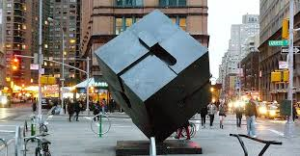
There are no plaques anywhere in the intersection that I know of; so no reference to the Actor’s Riot. I have an idea though, a remedy. Instead of installing just a plaque maybe the black manually-revolvable cube that is The Alamo art work can be replaced by a giant revolving cobblestone. Then maybe a plaque could be placed beneath it when people wonder, “What’s with the giant brick?” It could be a reminder of the kind of events that went on right there, that unfortunately still goes on all around us.
Whether in a bookstore or a restaurant; or even SPEEDING ALONG on the highway, we are nowadays usually face down in a cell phone or tablet, typing out or dictating messages. Though often delivered without much forethought; intention is ACTUALLY EVERYTHING in messaging. This is because intention has always been everything in writing, and messaging is just a form of writing.
But because there is no face to face or eye to eye contact, MISINTERPRETATIONS ARE RIFE. To save each other from hurt feelings, this is probably why we deliver to each other such SHALLOW SENTIMENTS, and why we abbreviate to such ridiculous lengths, with LOL’s and JK’s. ROTFL’s.
It is the compromise we make so we can avoid the LABORIOUS and hardly-worth-it efforts to make personal contact, which may include a drive in the car to visit a friend; or even just a phone call.
Staying as shallow, and thus as safe as we can, sometimes just to keep things interesting we go OUT OF OUR WAY to find offense. One way is to not respond quick enough to a person’s text or email. Another is to read INTO SOMETHING not based on any error of content, but instead of form.
Form, of all things, is an UNFAIR THING to fault in the nearly formless (and certainly artless) endeavor that is texting. A lot of times someone can get an angry point across by typing in ALL CAPS. Doing so is a way of saying, “You’re not paying attention to me so take THIS!” Or maybe the intent is to drive some point across, underscoring intent, or to show SARCASM. Conversely it is often used to express joyful excitement.
There are many different intentions that can be expressed in one form. But increasingly, the message is received by the addressee in one way, as one of anger. The reader has, by reacting this way, surrendered his right of interpretation by doing this.
We are left with this humorous exchange in text form: “HEY HOW ARE YOU DOING TODAY?”
And the response, “I’m great, but why are you shouting at me?”
Anybody can see the response doesn’t match the intent of the message. When you think about it a minute, it’s just strange that someone can get ANGRY AT A MESSAGE that is simply different from any other only in that it contains only upper case letters.
I’ve even seen people read all capped messages and wince as if they can hear shouted words in their head! I’m surprised the person who overreacts like this doesn’t look around to see if anyone else can hear the “shouting.”
Imagine a person in a car reading a text that is all caps and suddenly swerving off the road, hearing screaming in their head. I’ll bet it’s happened somewhere, in fact I’m almost SURE OF IT!
I wonder if any friendships have ended because of the ALL CAPS BUTTON. I’m pretty sure there’s been a few. The only good thing about texting, caps and all, is that the word “like” doesn’t seem to make it to the recipient’s screen as it seems to as every third word to our hearing ears.
It’s our choice to not get annoyed by written words, to keep our blood pressure down and ask for clarification or to just chuckle at a typo. It’s amazing to consider that it’s always the case, that we can interpret the things we hear or read as more positive than our initial reaction might feel. Maybe it would be a good idea, until we get all this errant capitalization and it’s horrific and unintended effects under control, that we should go back to a little more face to face discussion. HEY,IT’S JUST A SUGGESTION.
Brooklyn is known nowadays for its growing population of Indie Label elitists and baby stroller pushing moms and nannies. It used to have more of an edge, even as recently as when I lived there in the ‘90’s. Ask any old timer and you’ll hear that Brooklyn was the home of New York’s schemers and scammers, its minor league flimflammers. I met just such a character back in 1997.
“Hey dude, yeah you. I see you or someone like you every morning on my way to work. You’re the guy who impatiently blows by me on the road, you know, because I’m only going 10 miles over the posted limit. Do you ever notice that I’m also the guy you see 5 traffic lights later, idling at a red, just on your right side? I don’t know you, but you seem to display a clear misunderstanding of the principles of traffic flow.”
If you would, please, bear with an old man, for I have a digressive tale to tell, full of reminiscences (I can’t help myself – the world was so small back then). I’m going to take you back, back like a rocking chair (as we used to say); back several decades to 2014 (yes, I am that old). There was one day in particular that I suspected I’d never forget, and that suspicion has certainly held up, even until now. I’m referring to Tuesday, January 28th, the day a big ice storm hit Atlanta (when my wife and I still lived there). It made national news for days on end.
I just saw the new movie “Star Trek Into Darkness” and now I’ve got celluloid agita. Please indulge me whilst I try to articulate my discomfort (oh yeah, requisite spoiler alert: blah blah blah).
I’ve gotta admit, I went into the theater a little defensive; after all I remembered what happened to Vulcan in the first movie back in ’09. I felt that they’d just better not……..
Well, there’s nothing after that. There was just a vague feeling that they’d better not do something I didn’t approve of. Just don’t change it too much, ok? I entered the theater with just that mix of excitement and trepidation.
I’ve been watching a great series on Netflix recently, “The Story of Film,” a multipart look at everything having to do with movies from the 1890’s to the present. Some of the history I knew (remembering local lore as an old Hollywood resident) but some things I didn’t (like that the great director Jean Renoir was the son of the great painter Pierre- Auguste Renoir). Produced in 2011, the “Story of Film” unfolds on several continents and is (thank goodness) not the same old Hollywood-centric story.
